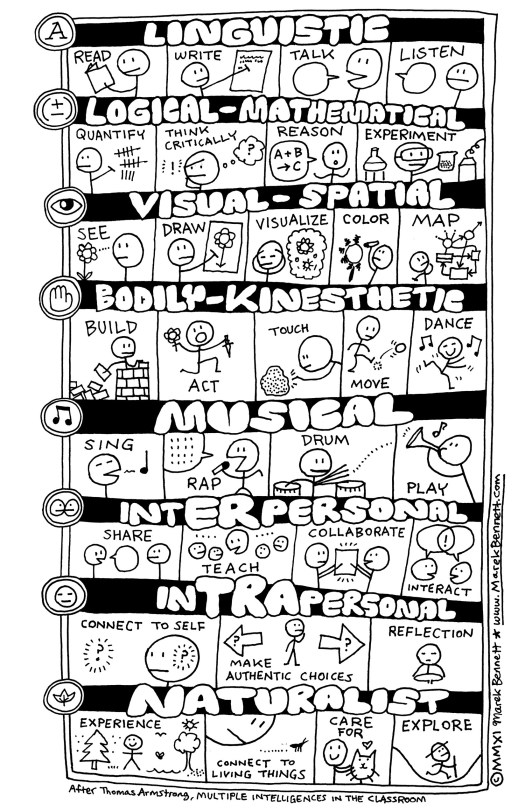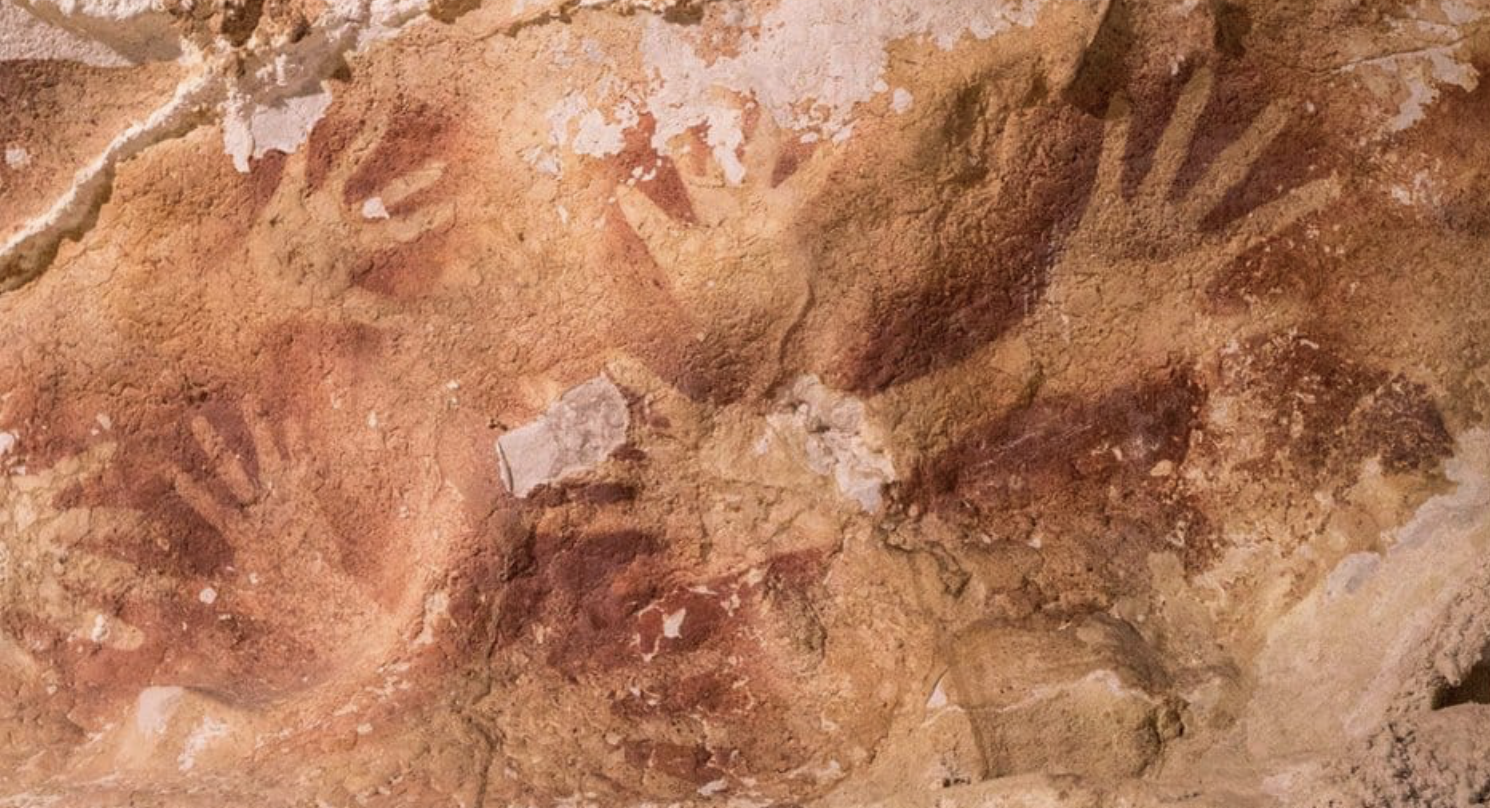Howard Gardner suggested in his 1983 book Frames of Mind: The Theory of Multiple Intelligences, that traditional psychometric views of intelligence were far too limiting.
He suggested that all people have different kinds of “intelligences.” Gardner proposed that there are eight intelligences, and has suggested the possible addition of a ninth known as "existentialist intelligence.”
Multiple Intelligences and Arts Integration
There are so many natural connections between the MI theory and Arts Integration. Some of them are obvious when you consider some of the Smarts that are identified: music, kinesthetic, visual/spacial, linguistic. But the MI theory goes even further with the other Smarts: logical, naturalistic, interpersonal and intrapersonal. However, even these smarts are based in and a product of an education embedded in the arts. Example: Music listening and music creation are very logical and mathematical. There are patterns and rhythms in what we hear and create. There are ratios of sound that make certain chords pleasing to the ear and others dissonant. We can also see mathematical concepts in art: shapes, patterns, etc. Example: Art is a reflection of the world around us (as is all the arts). When we study visual art, we learn to see, really SEE and observe our environments. Through the arts we interact with nature as well. Forming sculptures of trees, mimicking colors and shades of grass – these are ways nature affects the art we create. Example: Interpersonal relationships are embedded in music and dance. When I drag out the bag of percussion instruments, my students’ faces light up and when we start playing – Woah! Community is being built! Each individual contributes to the whole, creating a fabulous piece of music. With partner and group dancing, the same is true. It is a wonderful thing to see a group of students working together to make an organized square dance happen flawlessly. And my personal favorite is the line dance or circle dance. These dances were made to bring people together, smile and enjoy each other. Example: Art, being an expression of self is possibly the perfect intrapersonal activity. Many art forms can be done for the self: playing an instrument, singing, dancing, writing, painting, sketching, … Continue reading Multiple Intelligences and Arts Integration

